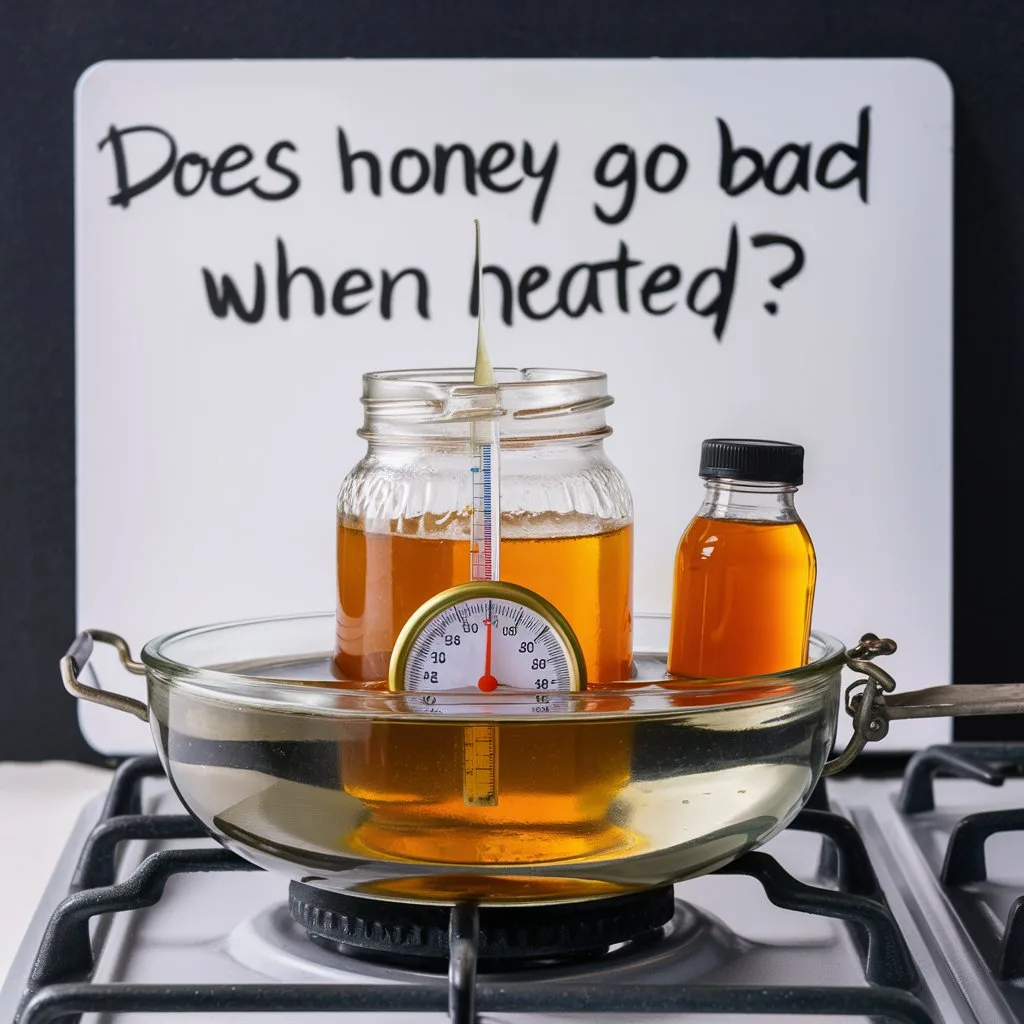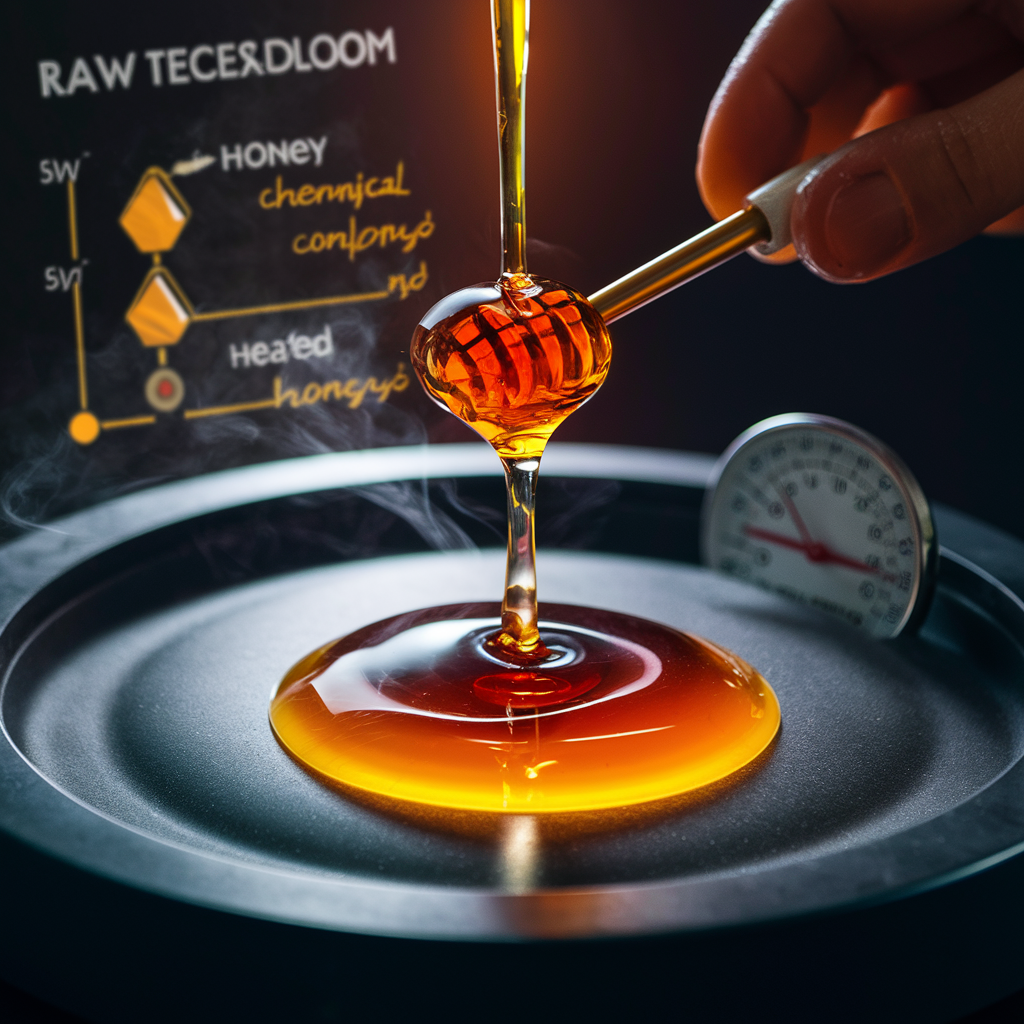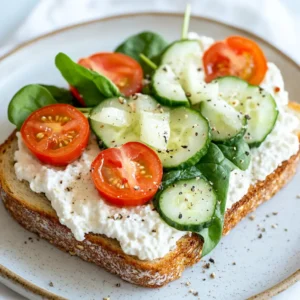Honey has been a valued natural sweetener for thousands of years. People love it for its flavor and health benefits. Whether you add it to tea, desserts, or skincare products, honey is widely used in many cultures. A common question, however, remains: Does honey go bad when heated?
This guide explains what happens to honey when you heat it. We’ll explore the effects of heat, how it changes the composition, and whether heating honey makes it unsafe or less nutritious.
What Happens to Honey When Heated?
Honey contains complex compounds, including sugars, enzymes, vitamins, and minerals. When you expose honey to high heat, these compounds change. The flavor, nutrients, and physical state of the honey may alter.
Here are the key effects of heating honey:
- Enzyme loss: Heating honey above 140°F (60°C) destroys its natural enzymes. Enzymes like glucose oxidase, which help fight bacteria, become inactive.
- Nutrient breakdown: Heat causes the loss of vitamins, like Vitamin C, and antioxidants, which are important for health.
- Flavor change: Honey can take on a caramel-like taste when heated, which some may enjoy, while others may find it unpleasant.
If you want to add honey to recipes like Pumpkin Banana Loaf without exposing it to too much heat, you can still enjoy its natural sweetness without losing its benefits.
Does Heating Honey Make It Unsafe?
Many people worry whether honey becomes harmful when heated. The short answer is no—heating honey at normal cooking temperatures doesn’t make it unsafe. However, heating it too much or for too long can create unwanted changes.
Formation of Hydroxymethylfurfural (HMF)
When you heat honey above 160°F (71°C), it can produce a compound called hydroxymethylfurfural (HMF). This chemical is found in many heat-processed foods, such as baked goods and coffee. Small amounts are harmless, but high concentrations could be toxic.
Gently heating honey doesn’t produce enough HMF to cause harm. However, prolonged or extreme heat can raise HMF levels. To avoid this, heat honey only when necessary, and always at low temperatures.
If you want to safely use honey in recipes, such as Utah Honey Pizza, you can follow the guidelines for cooking without worrying about harmful compounds.
Best Practices for Heating Honey
While honey doesn’t become unsafe when heated, the way you heat it can affect its quality. Here are some best practices:
- Use a double boiler: If you need to liquefy crystallized honey, heat it slowly in a double boiler. This prevents overheating and nutrient loss.
- Avoid microwaves: Microwaving honey can expose it to uneven heat, which can cause hot spots. This can lead to excessive heating and the destruction of enzymes and nutrients.
- Monitor temperature: Keep the heat below 120°F (49°C) when warming honey. This preserves the enzymes and antioxidants.
If you follow these steps, you’ll retain honey’s beneficial qualities while making it easier to use. In recipes like Pumpkin Banana Loaf, honey adds natural sweetness without the risk of overheating.
Why Does Honey Crystallize?
Crystallization occurs when the glucose in honey separates from the water and forms solid crystals. This natural process does not indicate that the honey has gone bad. However, it can make honey difficult to pour or spread.
Several factors can cause honey to crystallize:
- Glucose content: Honey with a higher glucose-to-fructose ratio crystallizes faster.
- Temperature: Honey stored between 50°F and 59°F (10°C to 15°C) is more likely to crystallize.
- Particles in the honey: Raw honey, which contains particles like pollen and wax, crystallizes more quickly because these particles act as “seeds” for crystal formation.
To return honey to its liquid state, gently heat it using the double boiler method. Avoid using high temperatures, as this can damage its quality.
For recipes like Earl Grey Cookies, liquefy crystallized honey before use to ensure smooth texture and consistency.
Can Honey Ferment When Heated?
Fermentation happens when honey contains more than 18% water, which allows yeast to grow. Normally, honey’s low water content and acidity prevent fermentation, but improper storage can lead to spoilage.
Heating honey does not cause fermentation, but it can increase the risk of spoilage if the honey absorbs moisture after being heated. If honey is kept in a warm, humid environment, it may start to ferment over time.
To avoid fermentation, follow these guidelines:
- Store honey in a dry place: Keep honey in a sealed container to prevent moisture from getting in.
- Avoid refrigeration: Cold temperatures can speed up crystallization, making honey harder to use without reheating.
If your honey has fermented, it may taste sour or fizzy. In that case, it’s best not to consume it.
Health Benefits of Honey: Before and After Heating
Honey is widely known for its health benefits. But does heating honey reduce these benefits? Here’s what you need to know:
Raw Honey Benefits
- Enzymes: Raw honey contains enzymes like amylase and glucose oxidase, which break down sugars and have antibacterial properties.
- Antioxidants: Raw honey is rich in antioxidants like flavonoids, polyphenols, and Vitamin C.
- Antibacterial: Its low moisture content and acidic pH prevent bacterial growth.
Effects of Heating on Honey
When honey is exposed to heat, some of its properties diminish:
- Enzyme deactivation: Heating honey above 120°F (49°C) deactivates its enzymes, reducing its antibacterial qualities.
- Antioxidant loss: Heat can break down some antioxidants, which reduces their health benefits.
- Sugars remain intact: The glucose and fructose in honey don’t change much when heated, so honey still provides energy.
Though heated honey may lose some of its raw benefits, it still offers sweetness and energy for your dishes. For instance, in recipes like Parmesan Garlic Sauce, honey enhances flavor without losing all its benefits.
Using Honey in Cooking and Baking
Honey is a versatile ingredient that adds flavor and moisture to many dishes. Here’s how to use honey effectively in different culinary applications:
- Baking: Honey can replace sugar in many recipes. Since it’s sweeter than sugar, use about 25% less honey than sugar. Also, reduce other liquids in the recipe by about 1/4 cup for every cup of honey. Honey adds moisture to baked goods like Pumpkin Banana Loaf, creating a softer texture.
- Sauces and marinades: Honey adds sweetness and a sticky texture to sauces and marinades. Be cautious, though—honey caramelizes quickly, so avoid cooking it on high heat for too long.
- Beverages: Honey sweetens teas and other beverages. To preserve its benefits, add honey to warm (not boiling) liquids.
In all these cases, honey works as a natural sweetener while providing added moisture and depth of flavor.
Honey Varieties and How They React to Heat
Different types of honey may react differently to heat. Here are some popular varieties and how to use them:
- Wildflower honey: A versatile, floral-tasting honey that holds up well in cooking and baking.
- Manuka honey: Known for its medicinal qualities, Manuka honey is best used raw to preserve its antibacterial properties.
- Clover honey: Mild and sweet, clover honey performs well in recipes that involve moderate heating, such as sauces and baked goods.
Understanding how each type of honey responds to heat allows you to make better choices for your dishes.
Storing Honey Correctly
Proper storage is key to maintaining honey’s quality, especially after heating. Here are some tips for storing honey:
- Keep it sealed: Honey should be stored in a tightly sealed container to prevent it from absorbing moisture.
- Avoid direct sunlight: Sunlight can alter honey’s composition, so store it in a cool, dark place.
- Don’t refrigerate: Refrigeration speeds up crystallization, making honey harder to use without reheating.
By storing honey correctly, you ensure its flavor and quality last longer, especially if you plan to use it in future recipes like Parmesan Garlic Sauce.
Conclusion: Should You Worry About Heating Honey?
Heating honey doesn’t make it harmful, but it can change its flavor and nutritional content. The best approach is to heat honey gently and avoid prolonged high temperatures. When used carefully, honey retains much of its sweetness and health benefits, even in baked or cooked dishes.
Whether you’re using honey in tea, baking, or savory dishes, its natural sweetness and versatility make it a must-have ingredient. For more ways to enjoy honey, try experimenting with recipes like Utah Honey Pizza or Pumpkin Banana Loaf.





